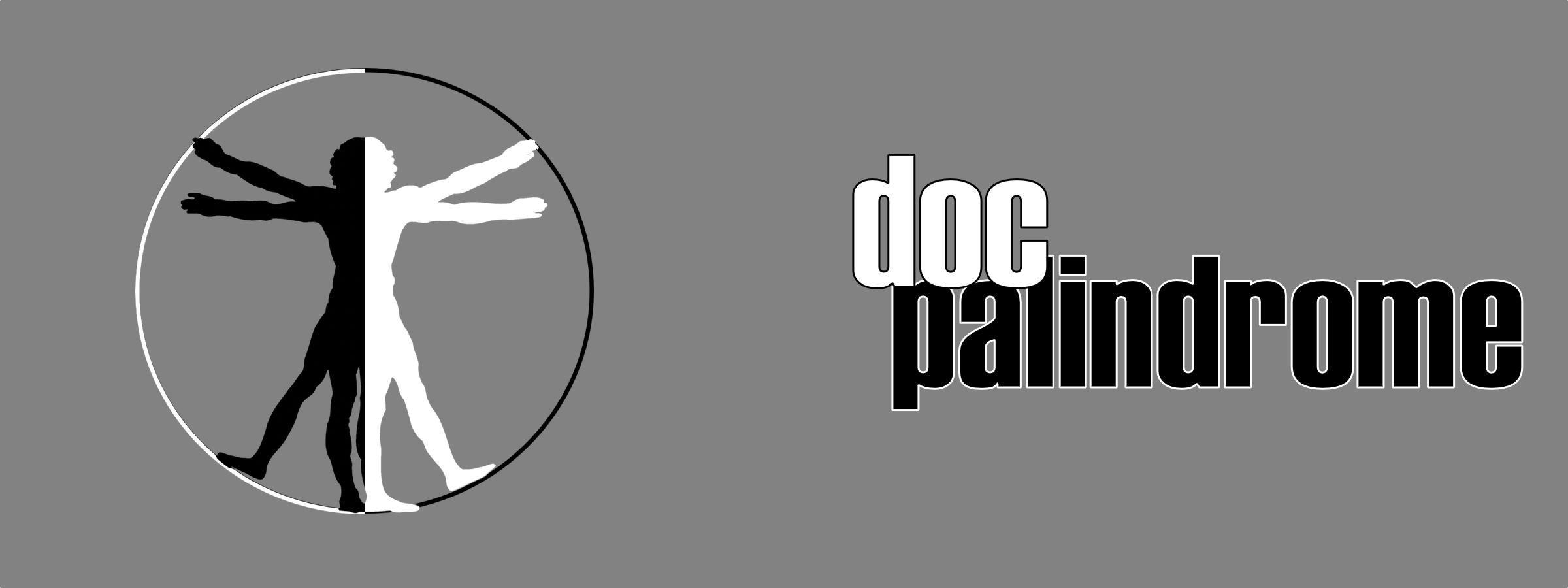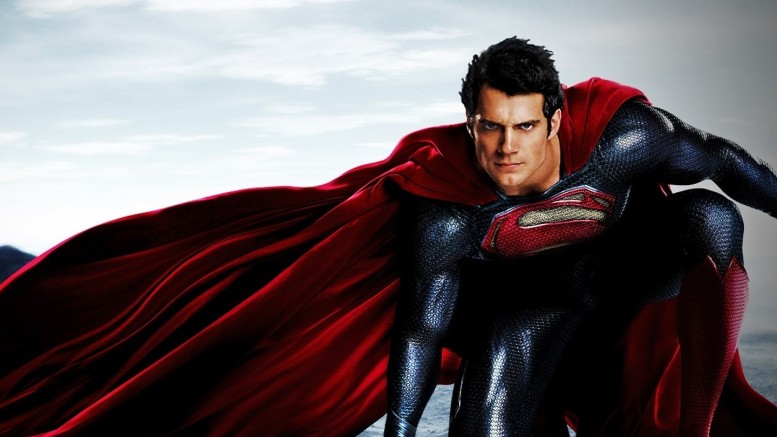Sadly, no one from Doc Palindrome was able to make to make it to San Diego Comic Con. However, we have been, of course, watching the feed from the Con with great anticipation. I have no doubt that there will be a number of articles published here talking about the various revelations that occur in ‘The Plymouth of the West,’ but I wanted to focus on something very specific.
There has been a lot of buzz about the DC Cinematic Universe since the release of Man of Steel. There were alterations to the character of Superman that were shocking to many audiences and this has led to many people questioning what the rest of the DCU will look like as it is adapted to film. I should note that the changes to Superman’s mythology were no where near as drastic as those changes made to, say, Batman in the 1989 Michael Keaton film, the X-Men in the 2000 film, Spider-Man in the 2002 film, or Iron Man in the 2008 film, as just some minor examples, with other examples being EVERY CHARACTER TRANSLATED TO COMICS TO FILM.
However, altering Superman can be more jarring as this character is more integrated into our zeitgeist than any other. People either love Superman or hate Superman. If you love Superman, you never want the character to change. You want him to stay the character you love, forever. If you hate Superman, it would take a great deal to change this opinion. Because of this, DC has always struggled to maintain Superman’s relevance when, ultimately, he is the single most relevant character in all of comics. Without Superman, there are no comics.
Zach Snyder and the rest gave us a film that gave a new definition to Superman by never giving us the actual character until the end, when the damage had been done to the city and the world around him. Building an iconic character from scratch, like that, can be jarring to a public that has such a defined understanding of who the character is. However, such an approach was necessary in order to do what DC is doing next with their Cinematic division.
A new trailer for Superman V. Batman: Dawn of Justice and the first trailer for Suicide Squad has come out of the Comic Con extravaganza. Each tells a different story about a variant corner of this growing universe, but there is something critical that both indicate: Superman was not the first.
Despite the fact that Man of Steel was the first of the crop of DC films that we see, it is clear, from these new trailers, that he is not the first costumed individual or superhuman to arrive on the scene. From the brief scenes we see of Batman, it is made clear that he has been active for some time and, in fact, may be responsible for having cleaned up Gotham. In the Suicide Squad trailer, it is made clear that more costumed beings are appearing since Kal-El’s battle with the Kryptonians. One might be able to extrapolate, from the overall reaction to Kal-El in Man of Steel, that these heroes and villains who were populating this world remained largely hidden from public view. It is possible that without some catalyst, they might have never become known to the general populace.
Superman, however, is that catalyst. He is widely recognized as the first superhero, although costumed heroes and heroes with special abilities had appeared beforehand. However, the appearance of Superman changed everything.
And it is changing everything again.
In the DC Cinematic Universe, Superman isn’t the first superhero, Superman is the hero that allows all the other heroes to come into the light.
This is a different approach than that of Marvel Studios, as Iron Man was, ultimately, the first of a large number of super-beings to arrive on the scene. It has been revealed that there were others, but Iron Man was more of a launching point than the revelation point that Man of Steel is. The idea that Superman’s appearance occurs within a greater mythology that is already active serves to offer the DCCU a differing effect than that of the MCU. With Marvel films, we are seeing a beginning; a genesis. With DC, we are seeing a metamorphosis.
If this is approached in the correct way, it can serve to tell an over-arching story that is ambitious and more mythic than has been told in superhero films, to date. Warner Bros. can produce movies that manage to capture the grandeur of the superhero paradigm that has been lacking in superhero films, to date. One needn’t show the audience where the wheel comes from or how it’s made. Instead, the audience can come on an epic journey discovering all those aspects of the wheel that no one knew were there.
Ultimately, Man of Steel had to occur for storytelling like this to be a viable option. The revelation of intelligent life on other worlds, the debut (and designation) of Superman, the invasion by the Kryptonians, and the destruction of Metropolis are massive events, the likes of which have never occurred in this universe (presumably). In many ways, these events are the cinema equivalent of the first Crisis that took place in the comics (in the mini-series, ‘Crisis on Infinite Earths,’ of course). However, instead of all that background on all those characters that went into the Crisis, the world is a mystery and we discover those with power as they react to circumstances that were inconceivable to the vast majority of the population prior to Zod’s invasion.
With the sheer diversity of films coming from the DC stable, it would have been a simple matter to have them each exist within their own microcosm, having the encounters occur only in the big ‘Crossover’ film, as Marvel has done to massive success. However, rather than attempt to repeat the success of a competitor, DC has built a massive crisis and then aligned the stories to follow, within the universe, so that the only option is to show the reaction to that crisis.
Ultimately, this is not a foolproof plan. DC comics has known both success and failure with model, in the past. They followed up the epic ‘Infinite Crisis‘ story, from 2005, with the year-long epic ‘52,’ which, for my money (which amounted to about $105.00, after my discount) is one of the best comic book stories ever told. In contrast, they followed up the aformentioned ‘Crisis on Infinite Earths’ with the massive ‘Legends‘ crossover which, despite introducing the modern incarnation of the Suicide Squad, was considered to be lackluster in complimentary circles.
There is the distinct possibility that Warner Bros. can drop the ball. In many ways, the most successful franchise they have had, ever, with DC characters, was the recent ‘Dark Knight‘ trilogy, in both the critical and the monetary returns. Certainly, 1989’s less-than-stellar, less-than-accurate, more-than-stupid, Batman and it’s sequels made the company money and the same can be said for the Richard Donner Superman films of the 1970s and 1980s, but none of those built any form of lasting franchise and all of them enjoy mixed reviews, at best.
The trailer have me hopeful, however, that the scenario I have described is exactly where the DC films are heading. Casting Batman as the voice of those fans that disliked Man of Steel in Batman V. Superman: Dawn of Justice is an absolutely genius decision. Following up that tale with that of the villains, forced into the task of saving the world, is another layer of brilliance.
All that is required is the follow-through. All that we fans need to see are developed characters, smart storytelling, and a reverence for the tales that came before.
2015 is pretty damn full of superhero stuff, but since I will be completely ignoring Fantastic Four (you know, like Marvel will be and, having cancelled the 3D release of the film, Fox apparently is), it has seemed a bit lackluster. 2016 will be the year I overdose on popcorn.
As a note, it’s still worthwhile to watch the DC TV stuff like Arrow, Flash, and the upcoming Legends of Tomorrow. One of the ongoing themes of DC comics for more than 50 years has been alternate realities. There is no reason we can’t consider the films Earth-1 and the television shows to be Earth-2. Although, we can possibly just ignore Supergirl.
Well, I’m off to prepare to watch Ant-Man and get ready for 2016.
Because, damn it, if I’m not writing this article from San Diego next year, there will be hell to pay.
From whom, I’m not certain.
Could be anyone.

